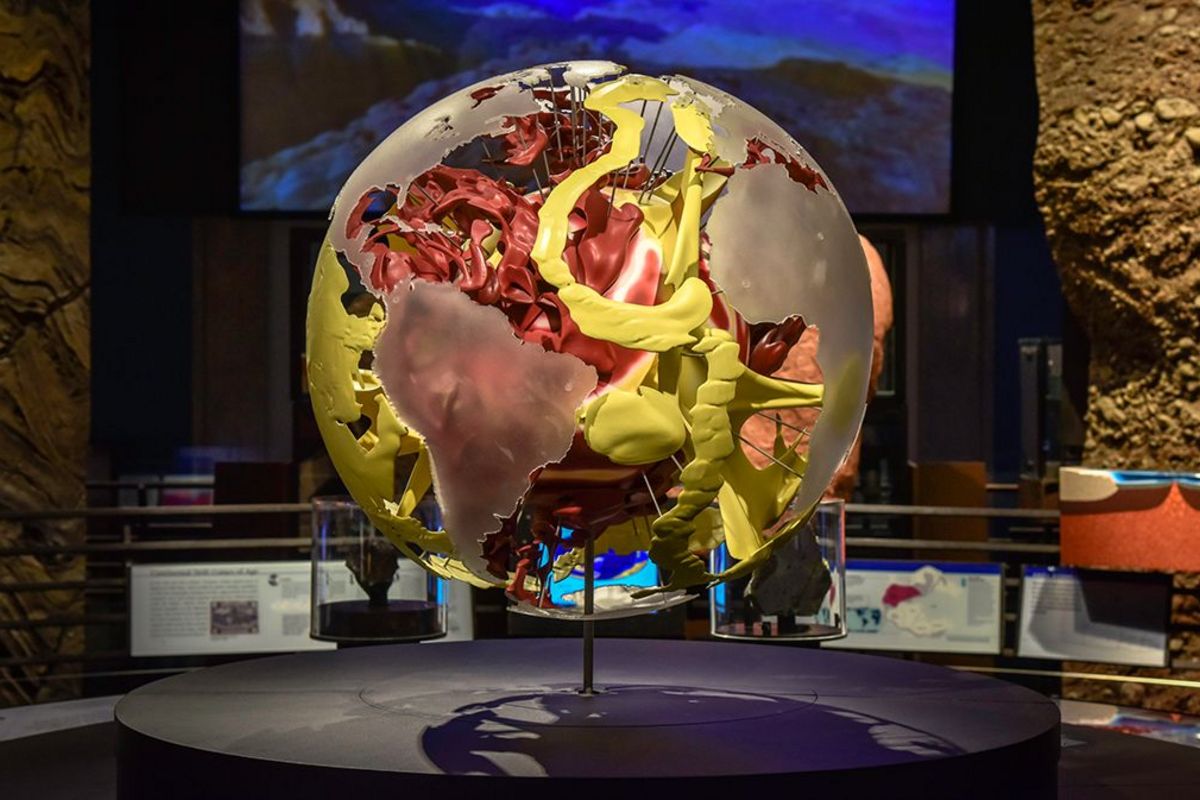The new permanent exhibit is based on the results of a research project led by Professor Hans-Peter Bunge of Ludwig-Maximilians-Universität in Munich (LMU), who leveraged the computing power of the high-performance computing system SuperMUC installed at Leibniz Supercomputing Centre (LRZ) in Garching in order to study inner-Earth phenomena. He and his team have developed a computer model for simulating processes that take place in Earth’s deep interior and illustrating their impact on the planet’s surface. The new exhibit, which depicts convection in the Earth’s mantle, is a 3-D printed physical model based on a snapshot from such a computer simulation. The exhibit was just added to the displays in the museum’s “David S. and Ruth L. Gottesman-Hall of Planet Earth” (HOPE).
Link to full LMU press release.
